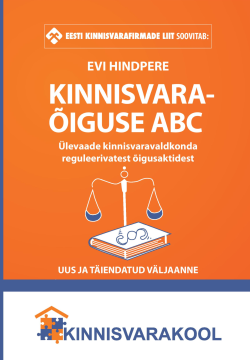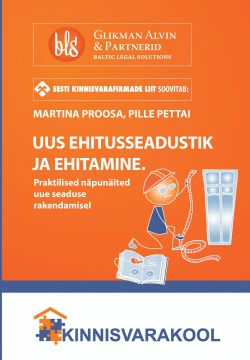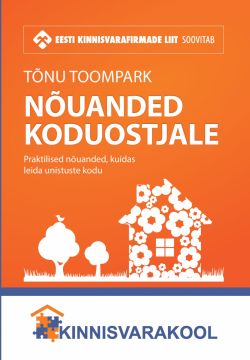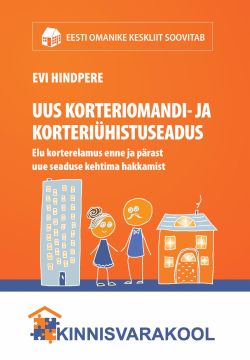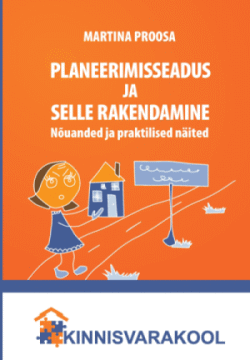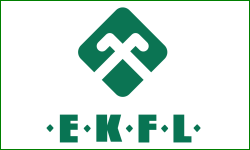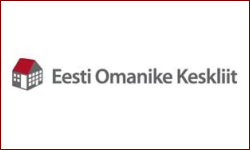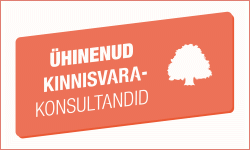 Economy grew by 5.4% annually (non-adjusted) and 4.8% quarterly (seasonally and working day adjusted) in Q1. The result exceeded our expectations and was the strongest among European countries (according to the numbers published so far).
Economy grew by 5.4% annually (non-adjusted) and 4.8% quarterly (seasonally and working day adjusted) in Q1. The result exceeded our expectations and was the strongest among European countries (according to the numbers published so far).

The restrictions continued to affect tourism sector the most
The strongest contribution to the economic growth came from trade, ICT, financial and insurance activities, health and social care, and energy sector. In all these activities the growth of the value added was at a double-digit compared to a year earlier. GDP growth was slowed by the contraction of the value added in construction, accommodation and food, agriculture, and manufacturing sector. The value added of the most heavily hit sector in this crisis – accommodation and food – dropped by 42% in the first quarter.

Private consumption drops due to the virus containment measures
Stricter restrictions in the first quarter dampened private consumption, which declined for the fourth quarter in a row. However, it was more resilient to restrictions compared to the first wave of the pandemic. In the first quarter, private consumption was 3% lower compared to a year earlier. Government final consumption has increased significantly in this crisis and gave a strong contribution to the economic growth – the growth of government expenditure was 7% in the first quarter.
Investments again picked up by a stunning 55% annually. However, behind that strong growth was mainly the large-scale computer software investment of Volkswagen’s subsidiary in Estonia. However, it had a neutral impact on GDP as the service needed for this investment was imported. Government and households’ investment growth was also strong in the first quarter, 14% and 13% accordingly.
The growth of exports of goods and services was 4% annually. Exports of goods grew for the third quarter in a row, while exports of services returned to the positive territory for the first time since the beginning of the pandemic. Imports of services was again lifted by WV investments.
Estonian economic outlook is improving
Estonian economic sentiment continues to improve. Outlook for the demand has brightened in manufacturing and services sector. Euro area and US PMI have also climbed, which shows that external demand is increasing, and thus, offering better export opportunities to Estonian companies.
In April, business sector deposits growth was 20% annually, while households’ deposits grew by 16% – the amount is equal to 10% of this year’s forecasted GDP. These savings will move to the economy together with improving economic sentiment. The first signs of this are already seen in real estate, where the demand has increased very swiftly. Additional support to the economy will come in the autumn from pension reform that allows to withdraw pension savings. The amount is equal to 4.6% of this year’s forecasted GDP (3.7% after income tax). We expect that the highest contribution of this will go to private consumption, but it will also affect real estate investments. In addition, government investments growth should continue this year with the support of the EU funds.
According to Swedbank’s last economic outlook, this year’s GDP was projected to grow by 3%, but stronger than expected first quarter allows us to revise our forecast upwards for this year.





